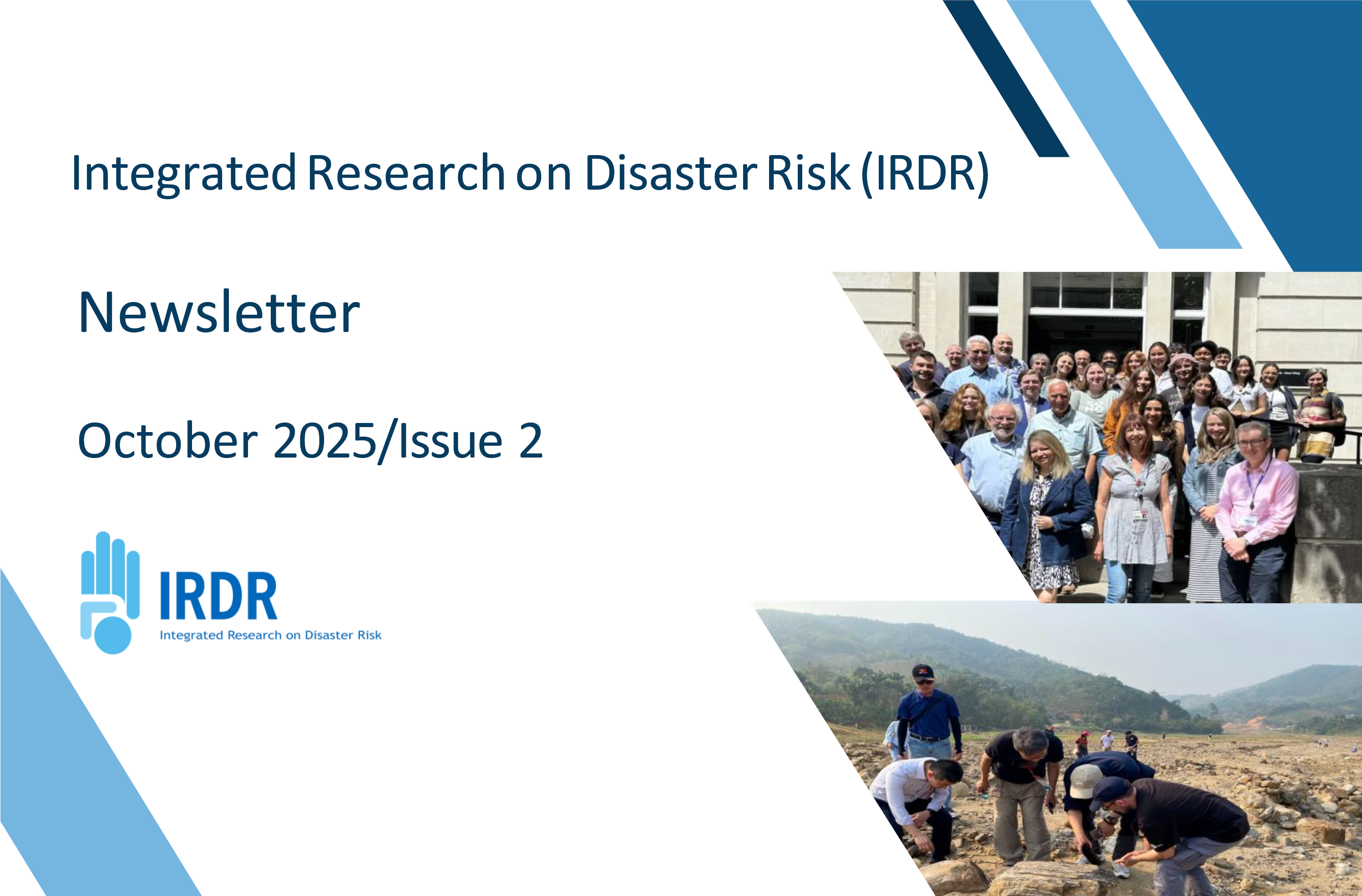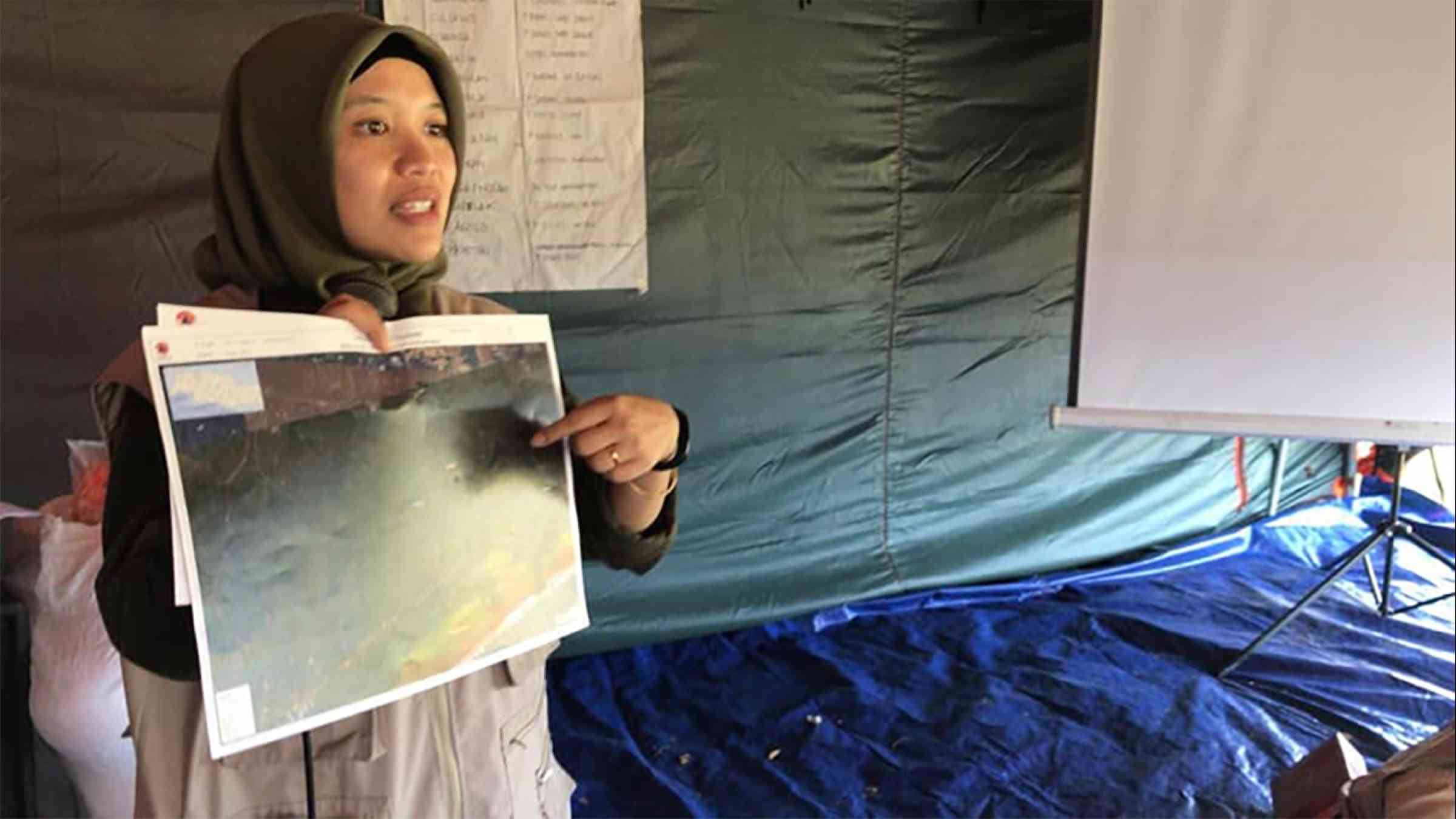The United Nations Major Group for Children & Youth (UN MGCY) is the formal, General Assembly mandated space for the meaningful participation of children and youth in intergovernmental and allied sustainable development processes at the UN. It is meant to facilitate the participation of youth in policy design, implementation, follow-up, and review.
The Disaster Risk Reduction Edition of the Youth Science-Policy Interface Publication captures and promotes the role of young people in sharing knowledge of evidence-informed best practices, science and technology, emerging trends, challenges, and solutions in the implementation, monitoring, follow-up, and review of intergovernmentally agreed and allied frameworks on sustainable development –specifically in disaster-related contexts. This initiative is part of the UN MGCY Youth Science-Policy Interface Platform and coordinated by the UN MGCY. Launched in May 2017, it is meant to feed into the discussions of the Global Platform for Disaster Risk Reduction, specifically around the SPI mandate, in order to showcase the contributions of young scientists, engineers, practitioners, and students in strengthening the science-policy interface, further linking policy and practice for a sustainable society. It seeks to build coherence between the Sendai Framework for
Disaster Risk Reduction (2015-2030) and the DRR-dimensions of other intergovernmentally agreed upon sustainable development agendas (e.g. 2030 Agenda, New Urban Agenda, etc.).
There are three article contributed by IRDR young scientists. They are:
- Assessment of Coordination Mechanism in 2015 Nepal Earthquake, Kathmandu District (Indrajit Pal, Ranit Chatterjee)
- Business recovery after Gorkha earthquake 2015 in Nepal (Ranit Chatterjee, Basanta Raj Adhikari)
- Anthropocentric principles for effective early warning systems (Spyros Schismenos)
Suggested Citation
UNMGCY Youth Science Policy Interface Publication – Special Edition: Disaster Risk Reduction: A Road of Opportunities. May, 2017.





